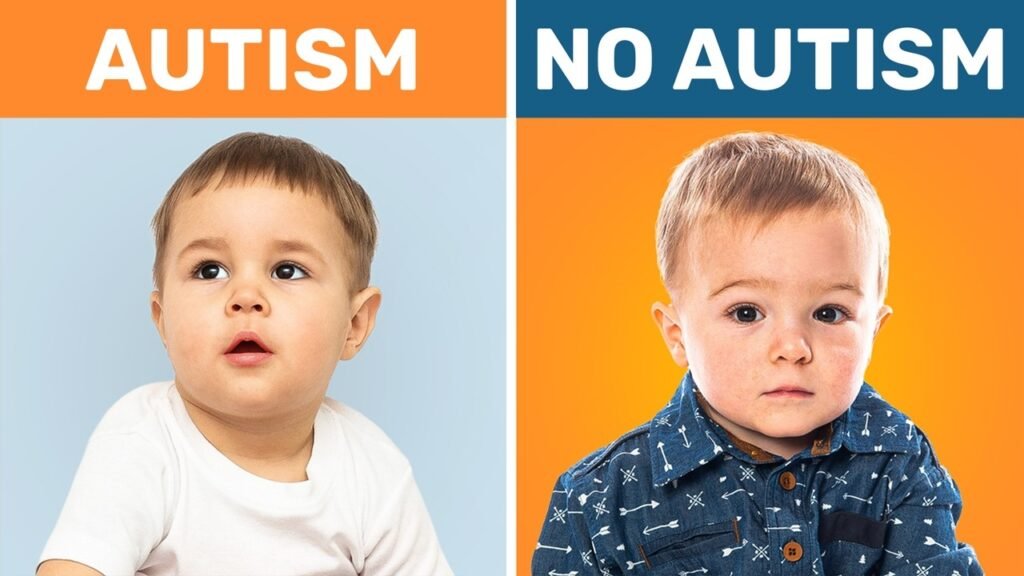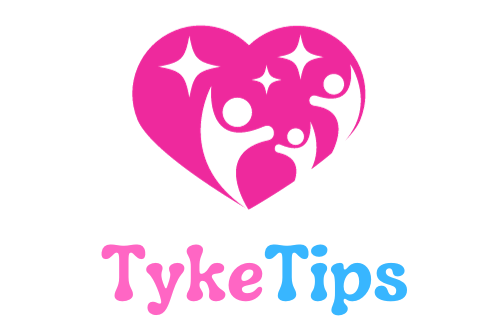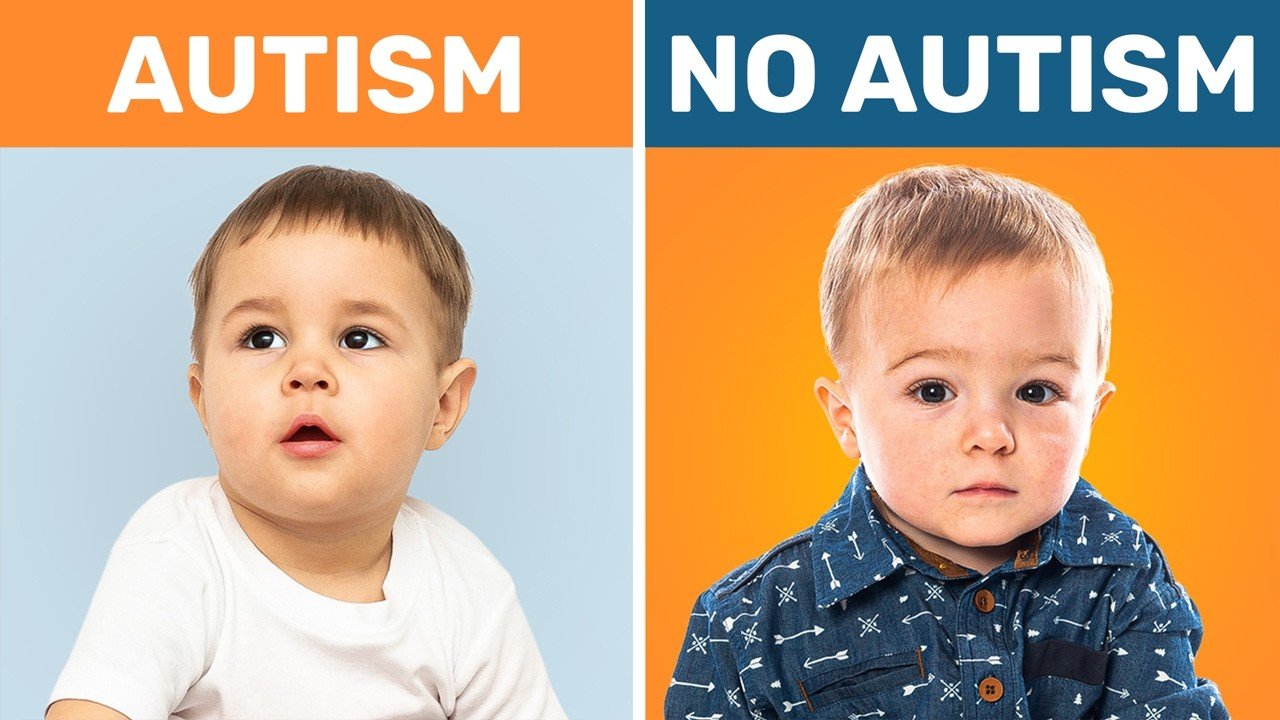You’ll find Emma Hubbard’s video on “10 Subtle Signs Of Autism Most Parents Miss” to be incredibly informative and eye-opening. In this video, Emma will guide you through 10 subtle signs that may indicate autism in your child, such as eye contact during play and language development. Remember, recognizing these signs doesn’t automatically mean your child has autism, but it’s important to consult with a healthcare professional if you notice any of these indicators. Early intervention can have a significant impact on your child’s development, so being aware of these signs early on is crucial for their well-being and future success.
By watching Emma’s video, you’ll gain insight into how to detect subtle signs of autism that are often overlooked by parents. From simple tests like the “stop and watch” game to observing your child’s gestures and pretend play, Emma provides valuable information on what to look for. Keep in mind that this video is not meant for diagnosing autism at home, but rather as a tool to help you start a conversation with your child’s doctor or healthcare provider. It’s always best to seek medical advice if you have any concerns about your child’s development, as early intervention can make a positive difference in their life.
Signs of Autism in Children
Autism is a developmental disorder that affects how a child interacts with others, communicates, and perceives the world around them. Identifying the signs of autism in children can be crucial in providing early intervention and support. Here are some common signs to look out for:
Lack of Eye Contact
Children with autism may struggle to make or maintain eye contact during interactions. This can make it challenging for them to connect with others and may impact their social development.
Difficulty with Social Interaction
Kids with autism often find it hard to engage in social interactions. They may struggle with understanding social cues, making friends, or participating in group activities.
Limited Emotional Expression
Children on the autism spectrum may have difficulty expressing or recognizing emotions. They may exhibit a restricted range of facial expressions and struggle to understand others’ feelings.
Repetitive Behaviors
Repetitive behaviors are a hallmark of autism. Children may engage in repetitive movements, such as hand flapping or rocking, or insist on sameness in routines and activities.
Sensory Sensitivities
Children with autism may be hypersensitive or hyposensitive to sensory stimuli. They may overreact to sounds, textures, or lights, or avoid certain sensory experiences altogether.
Communication Challenges
Communication challenges are another key feature of autism spectrum disorder. Here are some common communication difficulties seen in children with autism:
Delayed Speech Development
Many children with autism experience delays in speech and language development. They may have difficulty expressing their needs or thoughts verbally.
Echolalia
Echolalia is a common communication trait in children with autism. They may repeat words or phrases they hear without necessarily understanding their meaning.
Difficulty with Nonverbal Communication
Children with autism may struggle with nonverbal cues such as gestures, facial expressions, and body language, making it challenging for them to communicate effectively.
Behavioral Differences
Children with autism often exhibit unique behavioral patterns that can help identify the condition. Here are some behavioral differences commonly seen in kids with autism:
Rigid Routine and Preferences
Children with autism may have specific routines or preferences that they strongly adhere to. Any deviation from these routines can cause distress or anxiety.
Resistance to Change
Children with autism may find it challenging to adapt to new situations or changes in their environment. They may resist transitions or unexpected alterations in their routine.

Sensory Overload
Sensory overload is a common experience for many children with autism. Here are some signs of sensory overload to watch out for:
Overreacting to Sounds or Textures
Children with autism may react strongly to certain sounds, textures, or visual stimuli. They may cover their ears, cry, or become agitated in response to sensory triggers.
Avoiding Certain Sensory Experiences
On the other hand, some children with autism may actively avoid sensory experiences that are overwhelming or uncomfortable to them, showing aversion to certain stimuli.
Repetitive Movements
Repetitive movements are a common behavior in children with autism. Here are some examples of repetitive movements typically seen in kids with autism:
Hand Flapping
Hand flapping is a repetitive movement often seen in children with autism. It involves rapidly moving the hands up and down in a flapping motion.
Rocking or Spinning
Some children with autism engage in rocking or spinning behaviors, which can have a calming effect on them. These repetitive movements help regulate their sensory input.
Fixation on Specific Topics or Objects
Children with autism may develop intense interests in specific topics or objects. Here are some signs of fixation commonly seen in kids with autism:
Obsessive Interests
Children with autism may become fixated on certain topics, objects, or activities, devoting a significant amount of time and attention to them.
Inflexible Thinking
Children with autism may demonstrate rigid or inflexible thinking patterns, finding it challenging to adapt to changes or consider alternative perspectives.
Difficulty with Transitions
Transitions can be particularly challenging for children with autism. Here are some ways in which transitions can be difficult for kids on the autism spectrum:
Struggling with Changes in Routine
Children with autism may struggle when their routine is disrupted or changes unexpectedly. They may have difficulty adjusting to new schedules or activities.
Transitioning Between Activities
Moving from one activity to another can be challenging for children with autism. They may require additional support or guidance during transitions to ensure a smooth shift.
Sensitivity to Environment
Children with autism may be highly sensitive to changes in their environment. Here are some ways in which environmental changes can impact children with autism:
Reacting Strongly to Changes in Environment
Children with autism may exhibit strong reactions to changes in their surroundings, such as moving to a new location or encountering unfamiliar settings.
Difficulty in New Environments
New environments can be overwhelming for children with autism. They may struggle to adapt to new sensory stimuli, routines, or social expectations in unfamiliar settings.
Trouble with Empathy and Understanding Emotions
Empathy and emotional understanding may be challenging for children with autism. Here are some ways in which kids on the autism spectrum may struggle in this area:
Difficulty Recognizing Emotions in Others
Children with autism may find it hard to identify or interpret the emotions of others, leading to challenges in empathizing or responding appropriately.
Limited Empathy
Children with autism may have difficulty understanding or expressing empathy towards others. They may struggle to connect emotionally with their peers or caregivers.
Conclusion
Recognizing the signs of autism in children is crucial for early intervention and support. Consulting with healthcare professionals, such as pediatricians, psychologists, or speech therapists, can help in diagnosing and addressing the unique needs of children with autism. Early intervention is key in providing children with the necessary tools and resources to thrive and reach their full potential. If you have any concerns about your child’s development or behavior, seek guidance from healthcare professionals for a comprehensive evaluation and appropriate interventions. By being proactive in monitoring and addressing the signs of autism, you can make a positive impact on your child’s well-being and future success.

